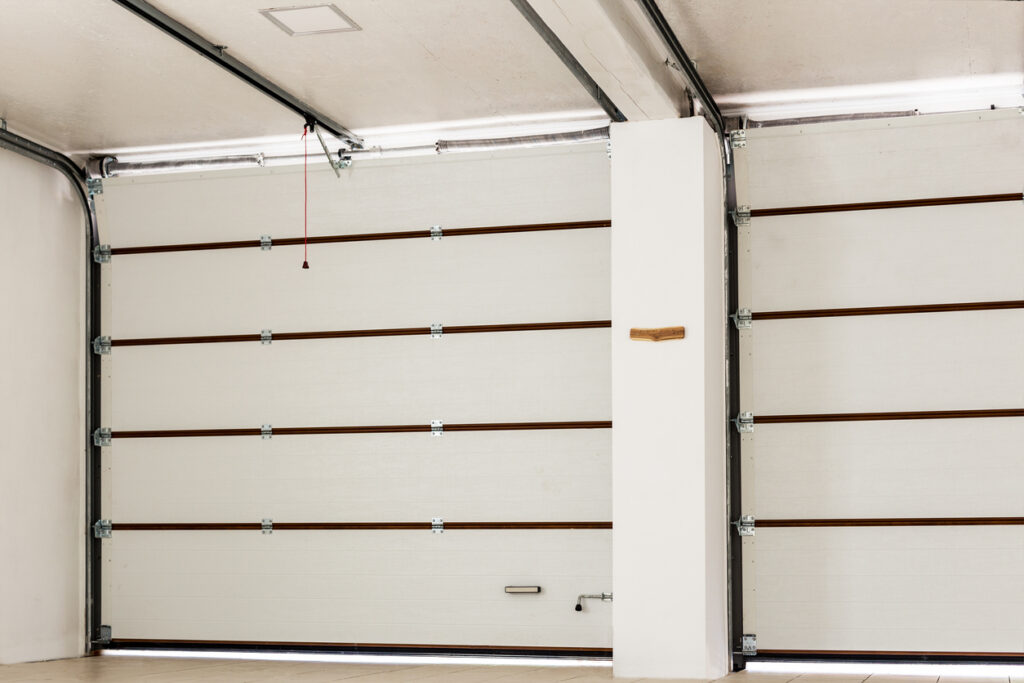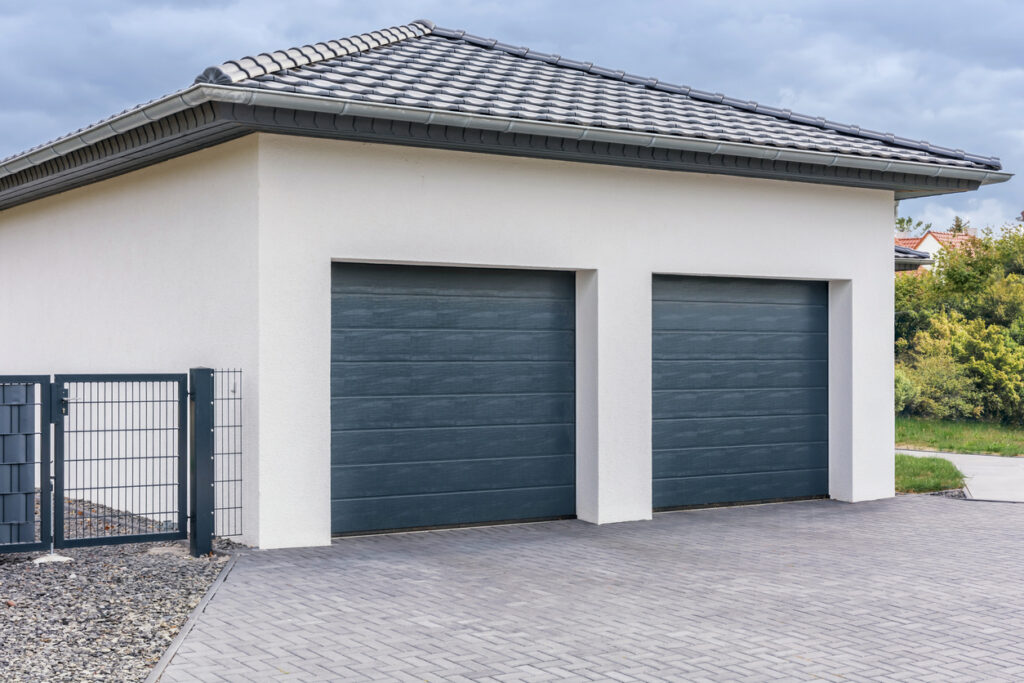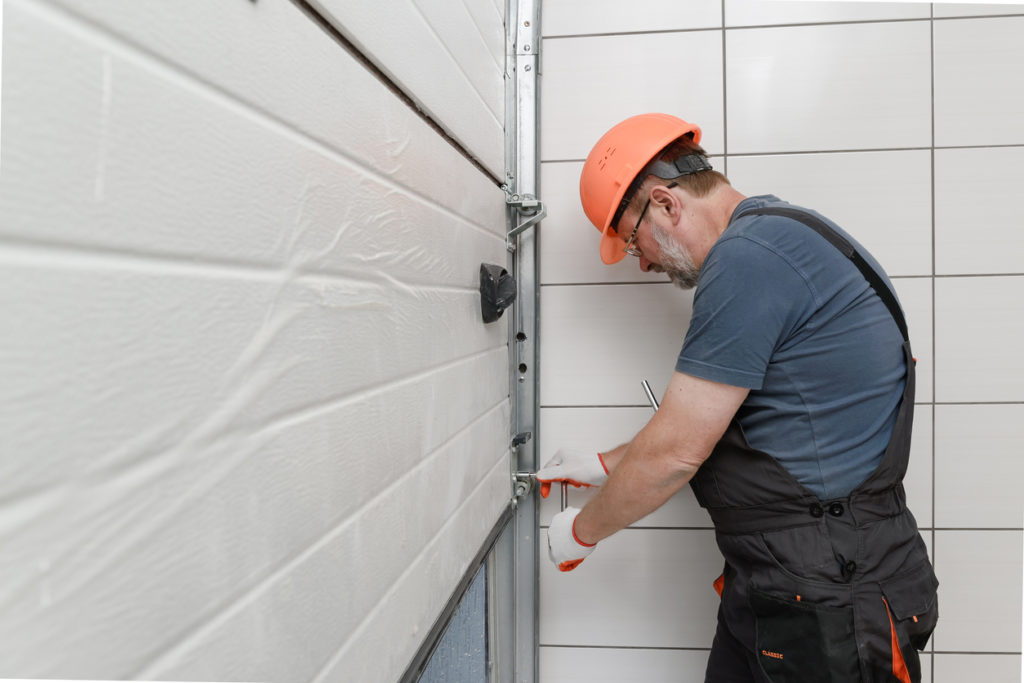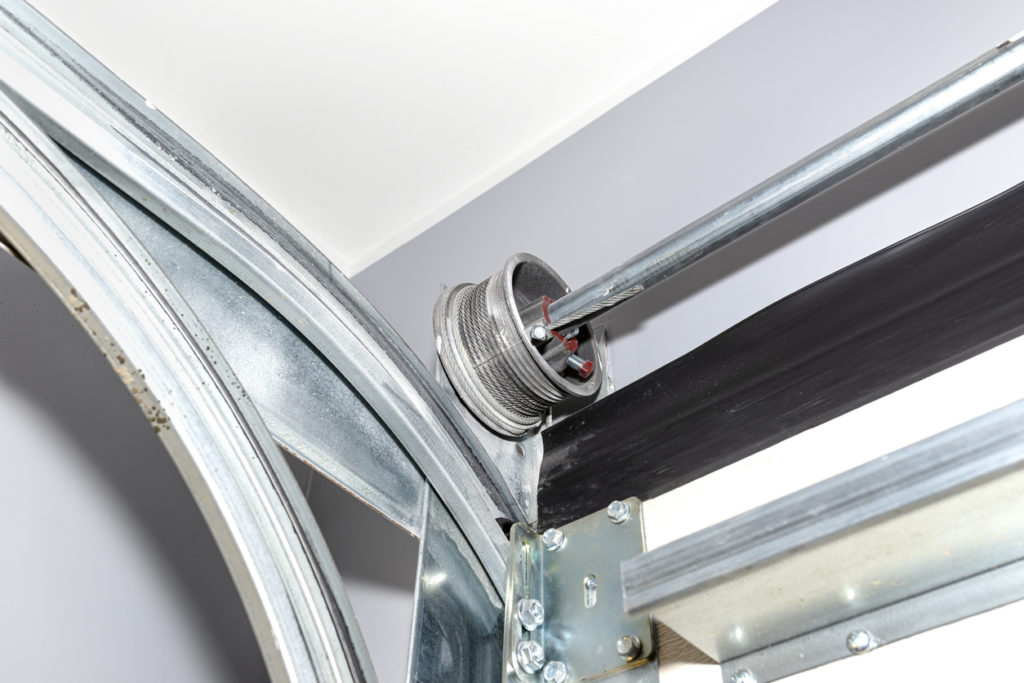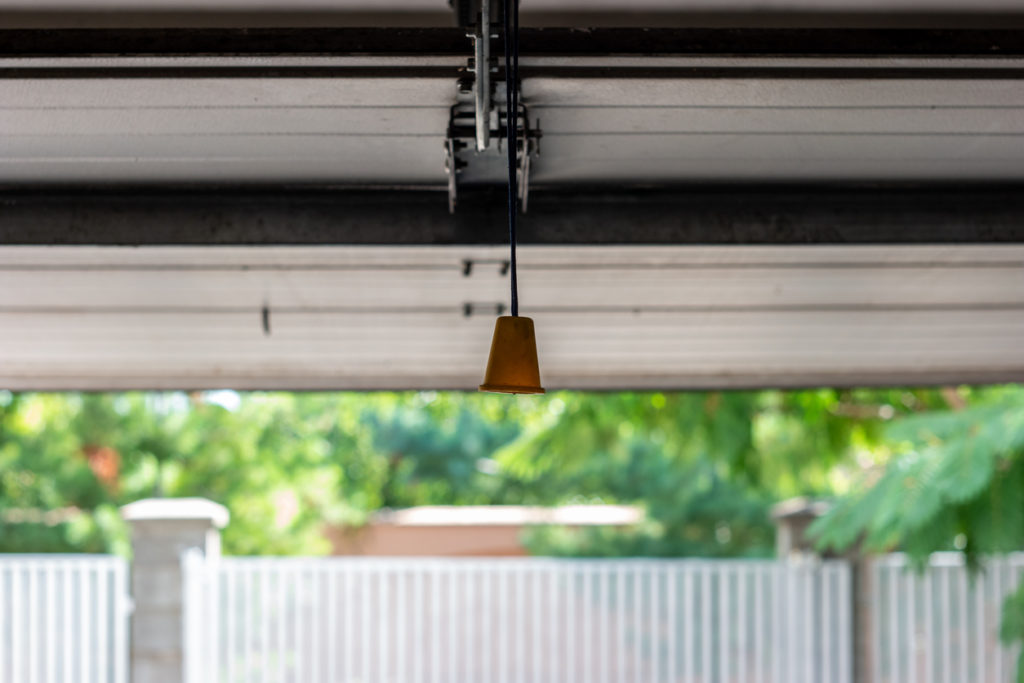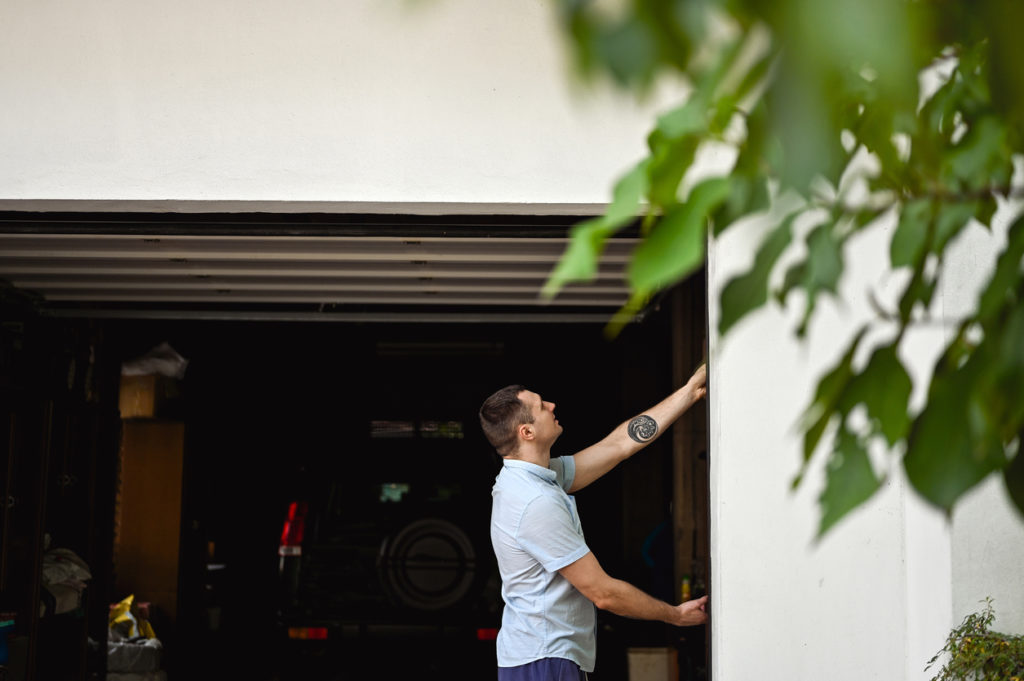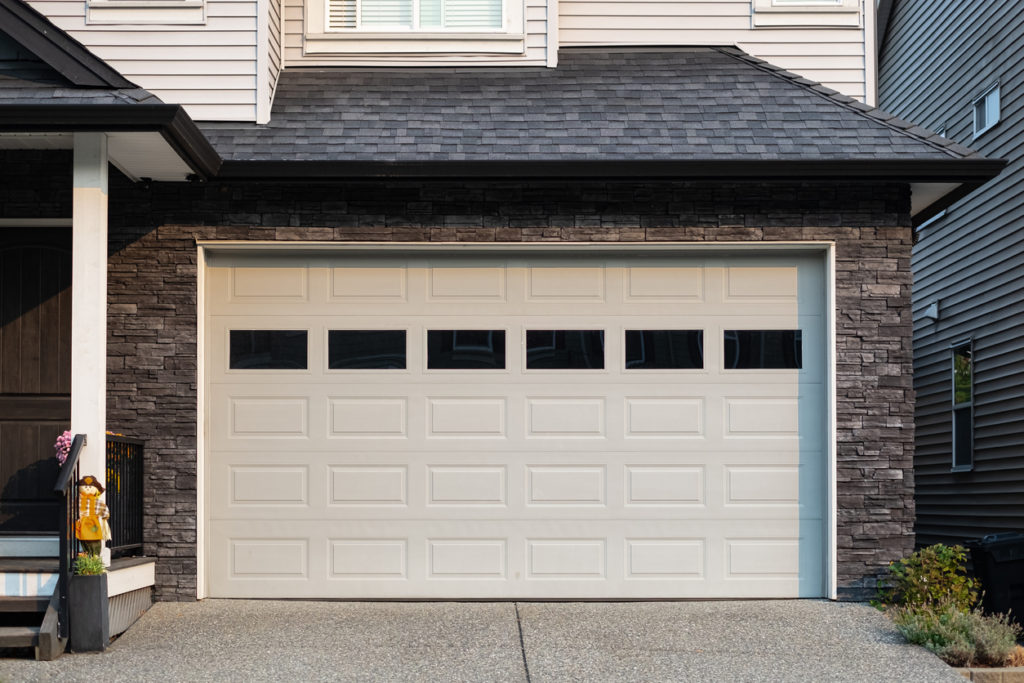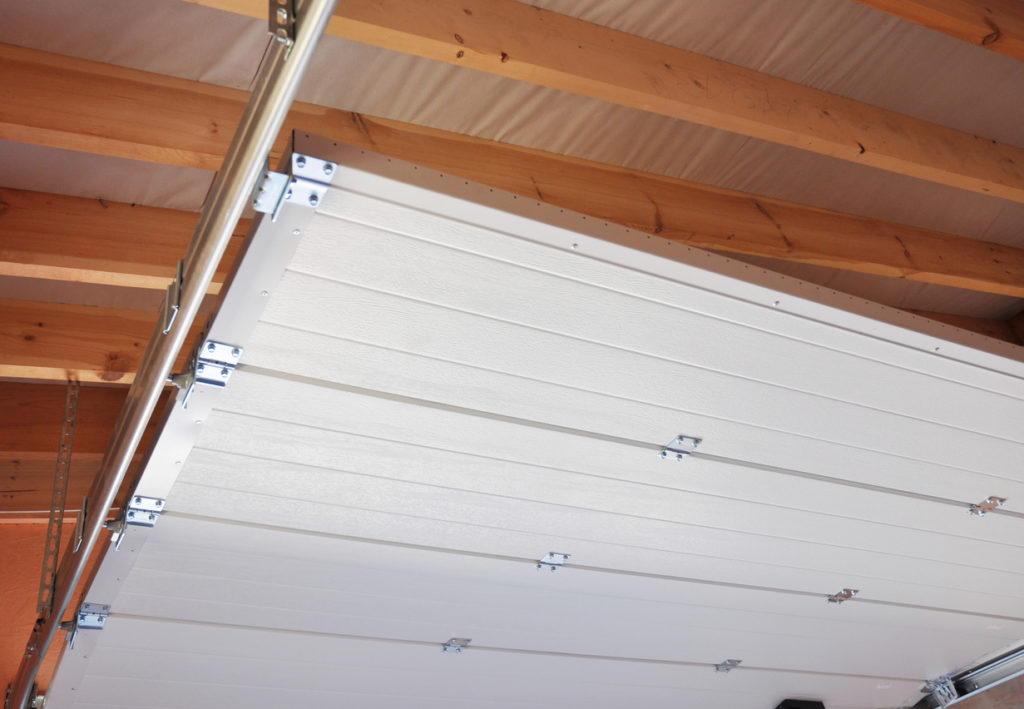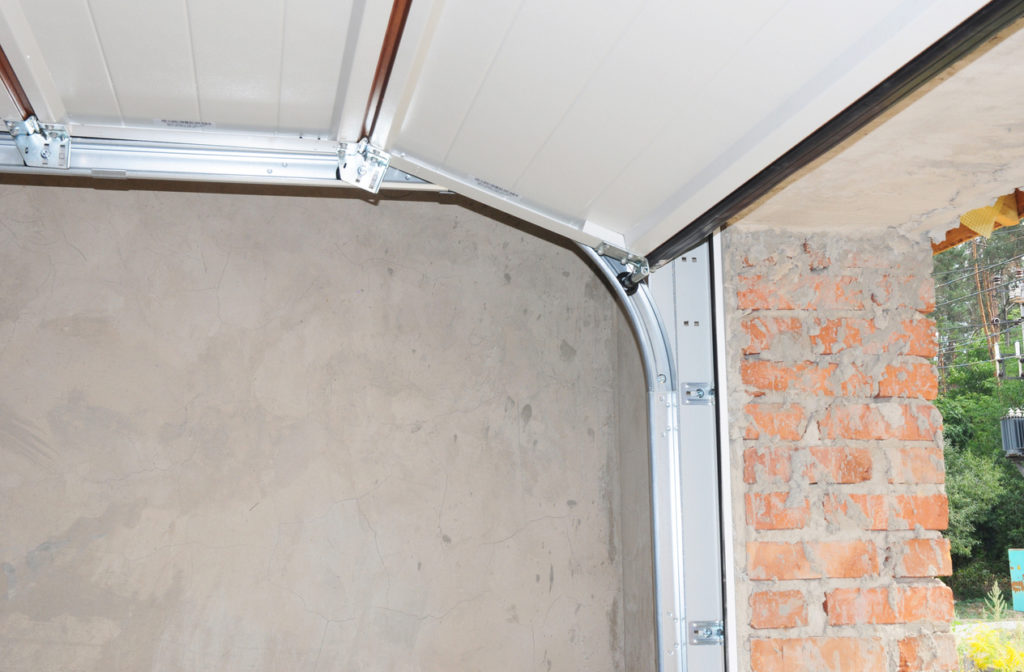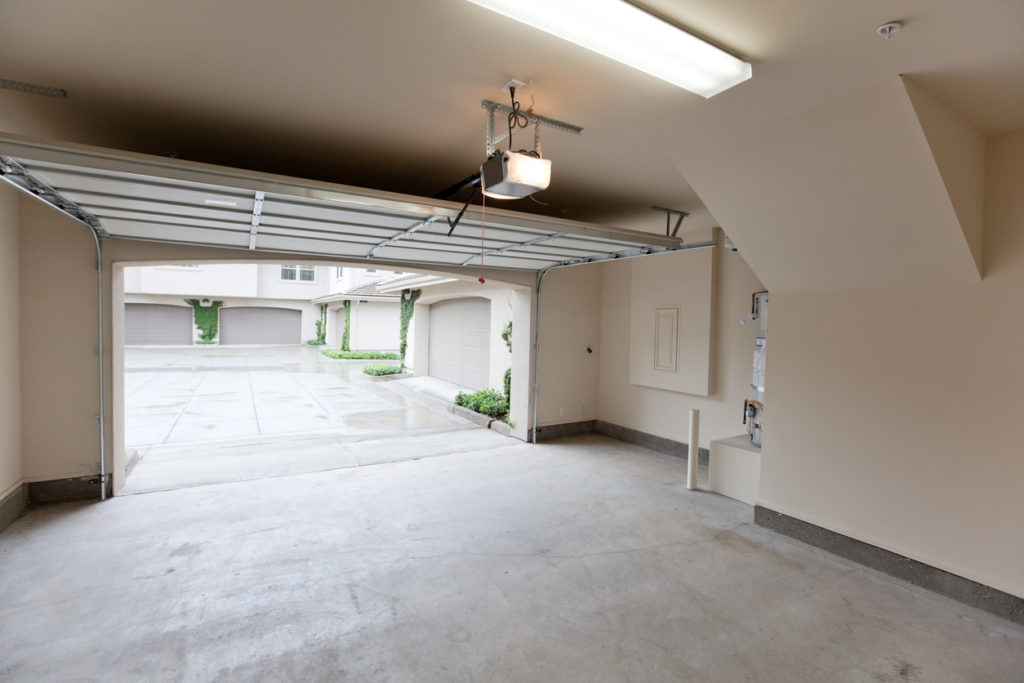Garage door spring replacement is essential for maintaining the safe and smooth operation of your garage door. Signs like difficulty opening, loud noises, or visible wear indicate it’s time to replace the springs. Timely replacement prevents accidents, extends the lifespan of your garage door, and ensures reliable performance. Struggling with a malfunctioning garage door can […]
Signs You Need Garage Door Spring Replacement: A Homeowner’s Guide
